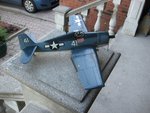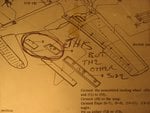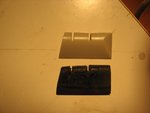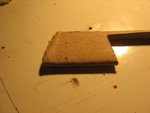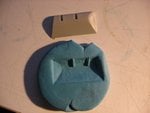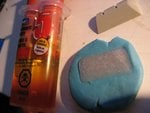prem895
Staff Sergeant
I am building a Hase 1/32 f6f-5 and from running up and down the stairs from my assembly area to my paint room I have managed to lose the starboard side trim tab. Does anyone have one or can someone make one for me. My skill level is just not good enough to build one from scratch. Otherwise it came out ok to me. Will post picks of it at my other tread on the 1st Hellcat I built. The 1st one I did in overall deep sea blue. This one I did in the Tri colour scheme. I would totally appreciate any help. I tried to contact Hase,but you know how that turned out...Zero reply. Gary

